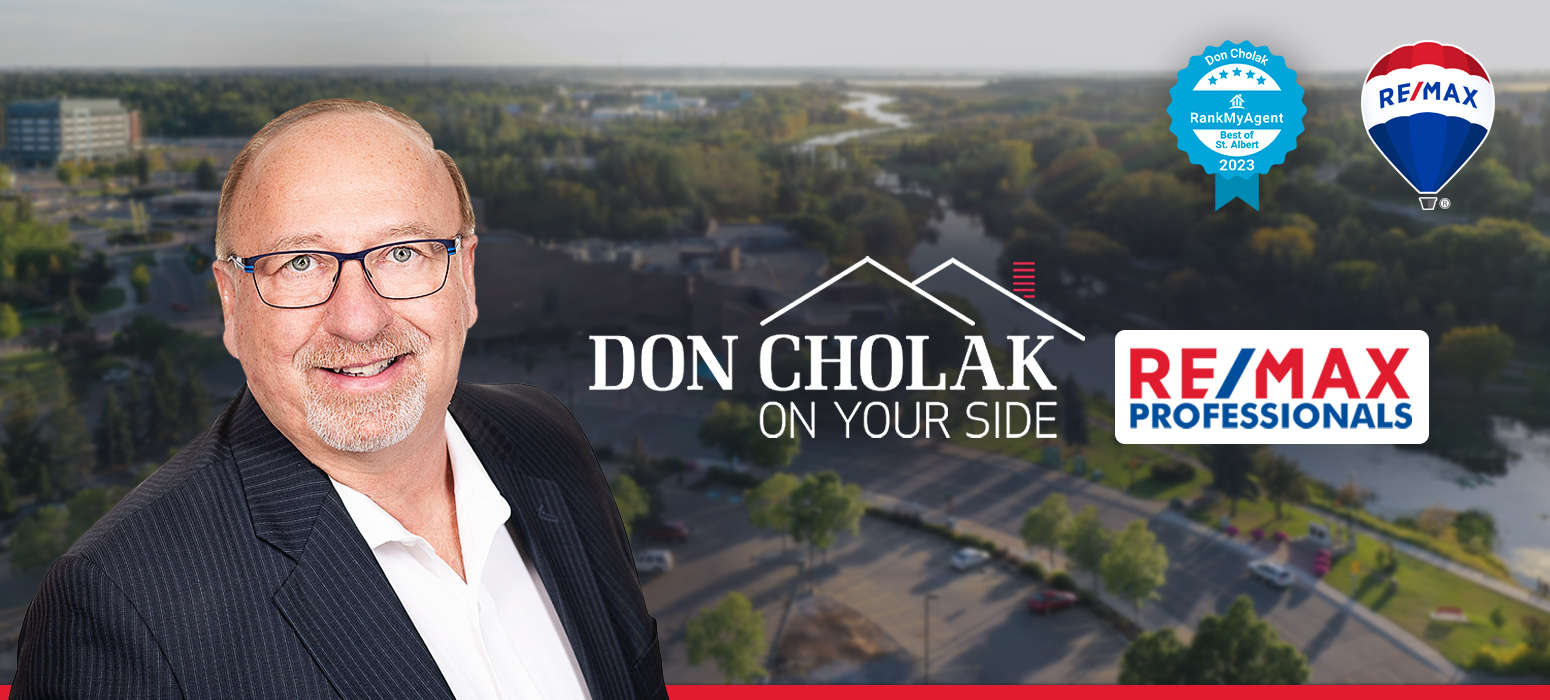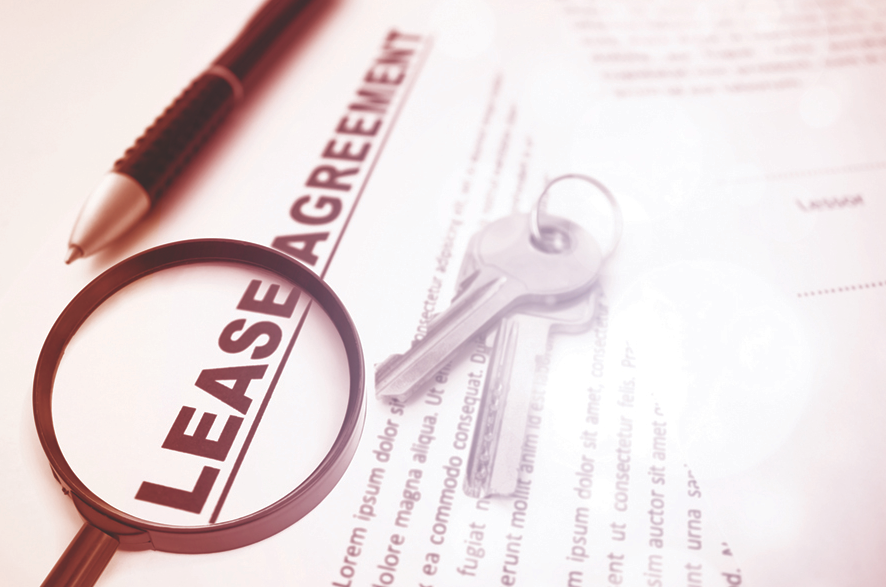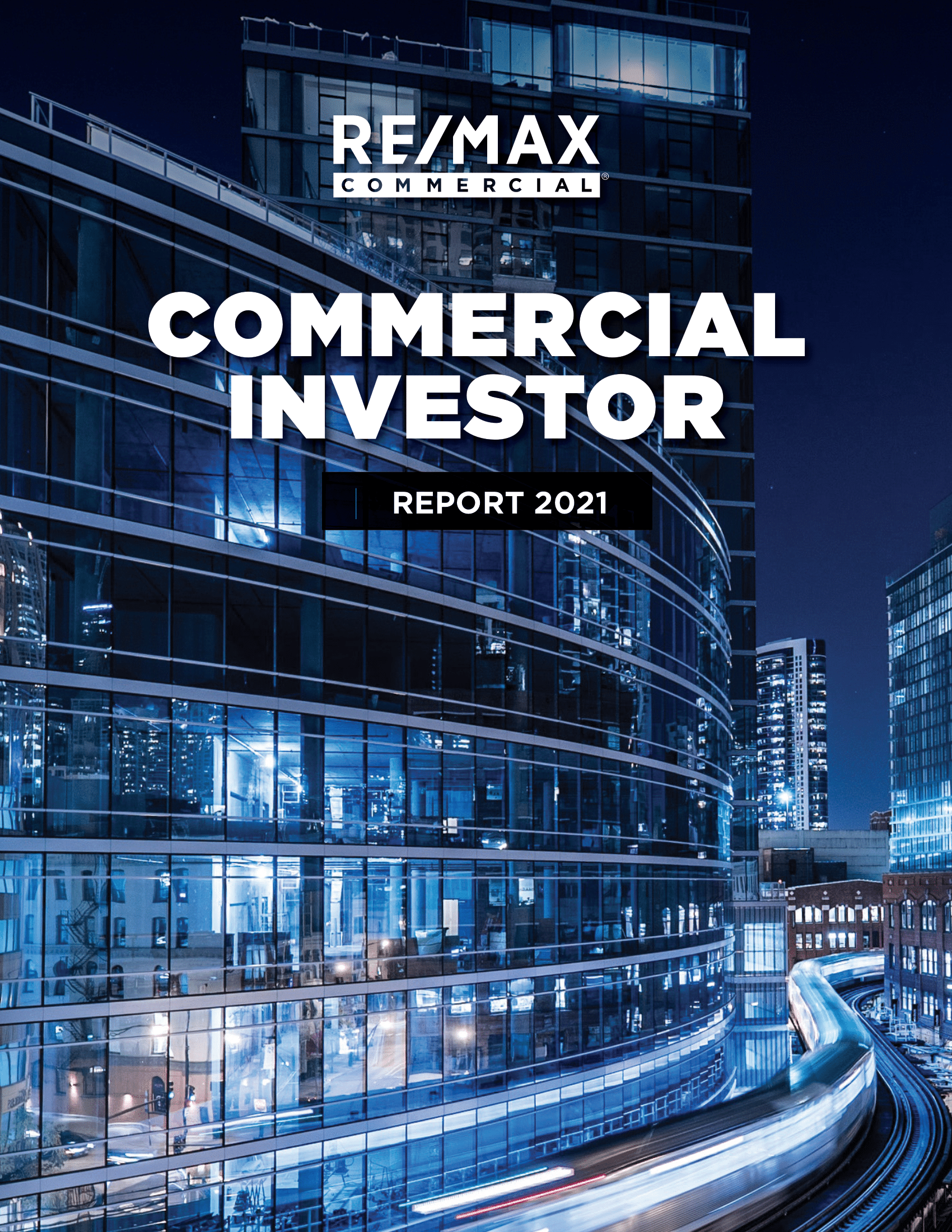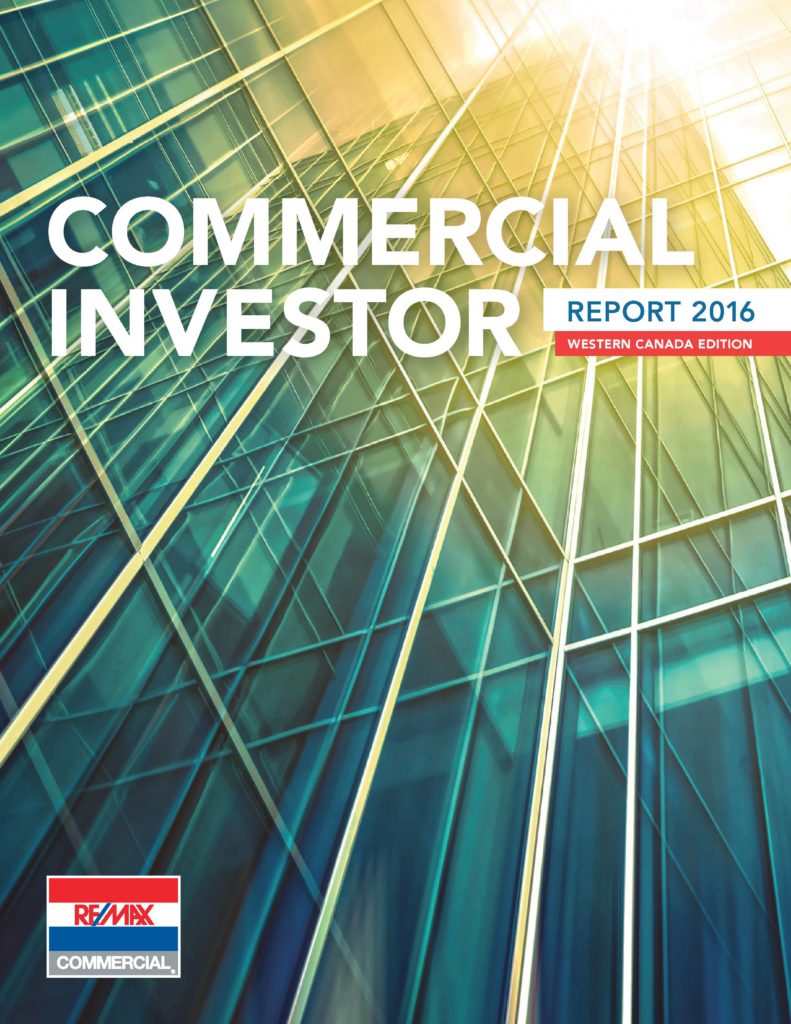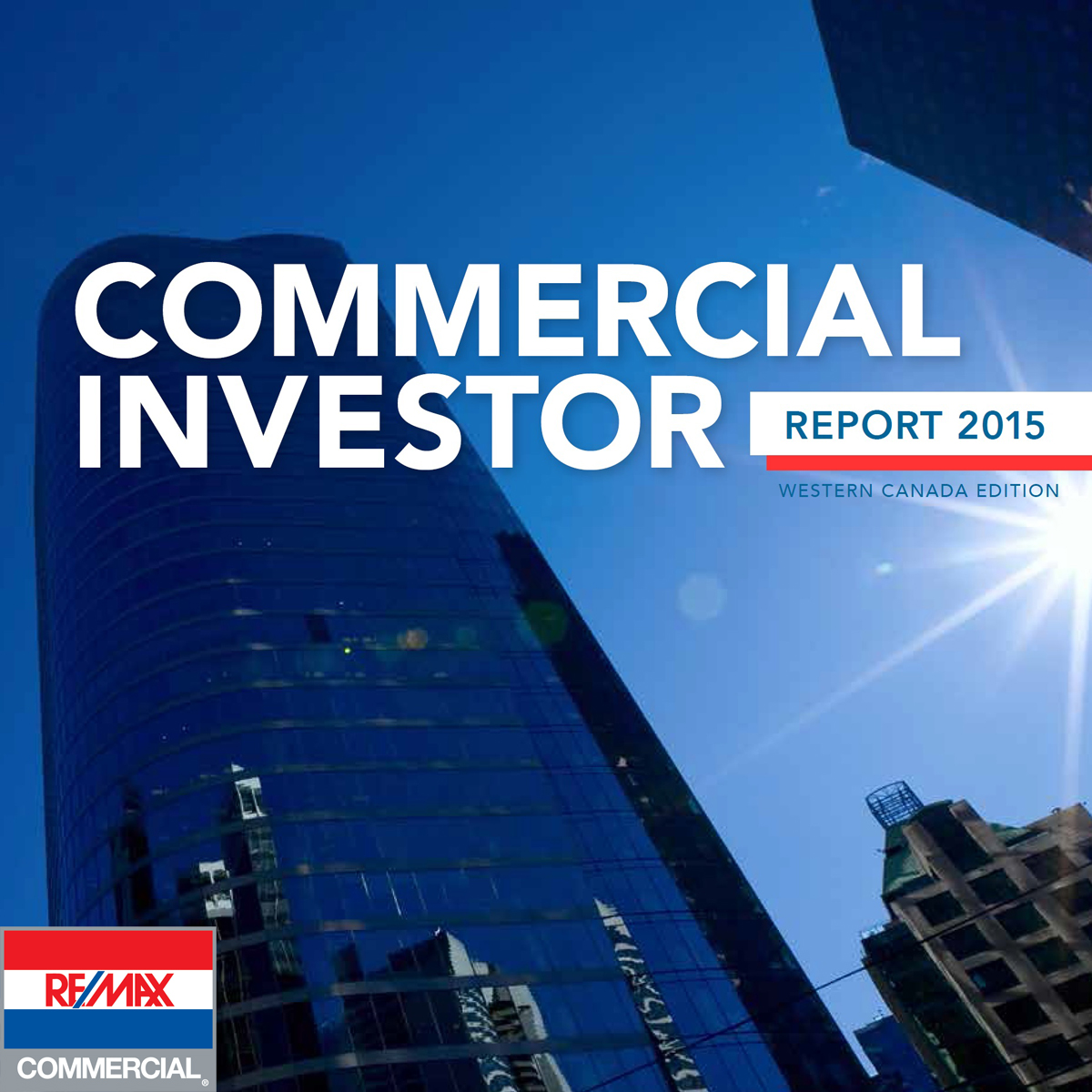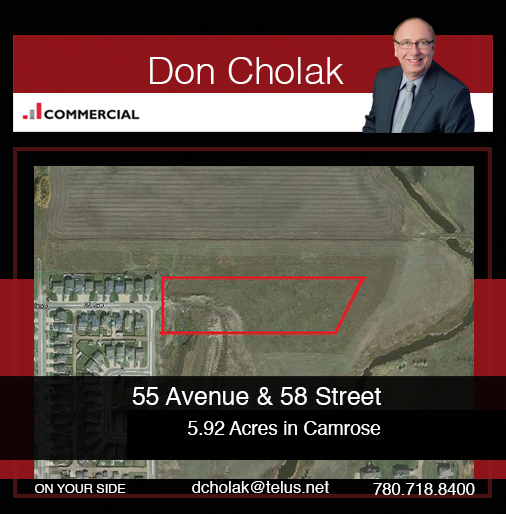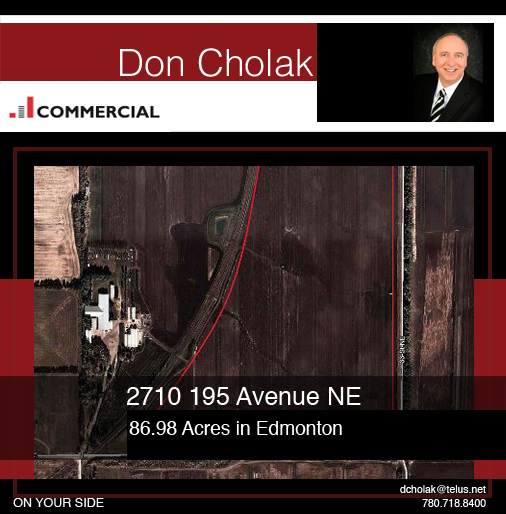Boudreau Communities says demand has meant adding a sixth commercial building to the riverfront mixed-use project.

A recent ground-breaking ceremony was held on the large mixed-use development.
Boudreau Communities has added a commercial tower as it began its Riverbank Landing project in St. Albert, an affluent suburban community near Edmonton, Alberta.
Dave Haut, CEO of Boudreau Communities, said the site is ready to start servicing underground this summer. Construction on the first building, a 15-storey tower and commercial space along the river, will begin later this year.
The entire project will include 360 residential units, with condo prices starting at less than $300,000 and ranging to more than $900,000.
Situated on the banks of the Sturgeon River the project is to include two residential high rises, nine-storey seniors building, micro-loft suites, new restaurants, and boutique retail / office buildings.
Ten acres are set aside for a riverfront park and nature preserve.
Haut said a ground-breaking ceremony received a good turnout, with attendance from council members and “a number of potential purchasers” for both commercial space and condos.
“I think a lot of people are looking forward to this project getting started.”
While original plans included five buildings, Haut said plans have expanded to include a small sixth building which will provide additional commercial space.
“There’s a big hill there and we needed to deal with it somehow,” Haut said frankly, adding that the expansion is also a result of market demands.
Haut said about 65 per cent of the condo units have already been reserved with a refundable deposit.
Boudreau Communities can’t finalize the site’s drawings until they receive a permit from the city. “In the fall, when everything’s planned down to the last ditch, then we reach out to those people [who have reserved space],” Haut said.
As far as whether the previously estimated construction timeline of five to seven years remains accurate, Haut said it would be closer to five because the “market acceptance has been really strong.”
I think we’re going to be able to accelerate that,” Haut said, adding that in terms of commercial space, Boudreau is seeing interest from small local restaurateurs and service providers, as well as from medical providers such as physiotherapists and doctors.

